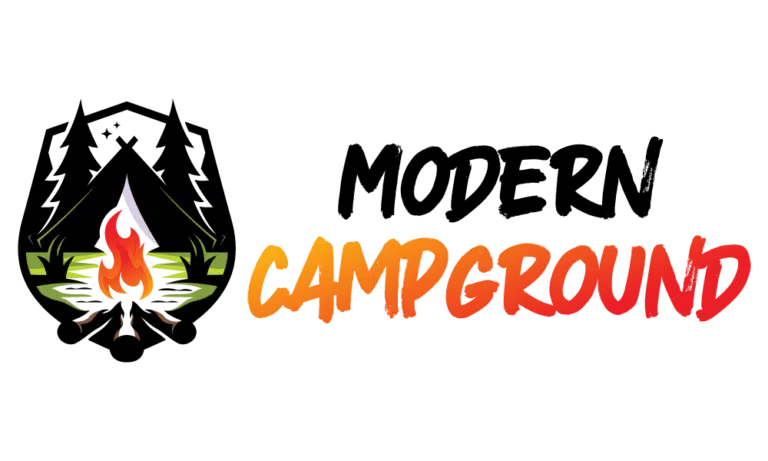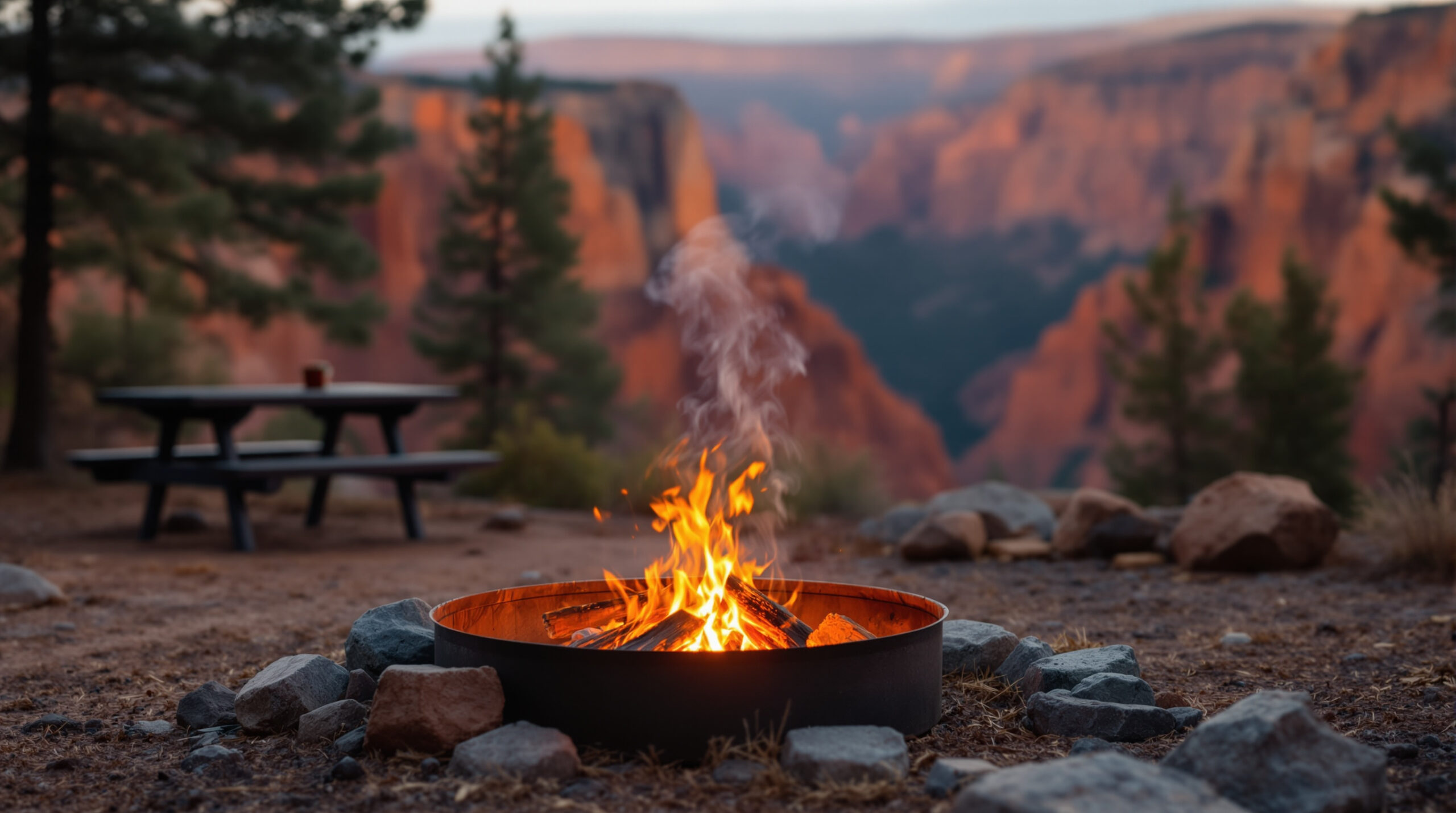Stage 2 fire restrictions on the South Rim of Grand Canyon National Park ended at 8 a.m. Sept. 4, when monsoonal rains allowed the area to step down to Stage 1, according to a park release.
Park officials said the recent moisture has lowered fire danger enough to ease the rules, but limits remain in place and the North Rim stays closed while crews continue work on the Dragon Bravo Fire. Stage 1 will stay in force until conditions improve further, the release added.
Under the current stage, visitors may build wood fires only in designated rings inside maintained rim campgrounds. Open flames remain banned below the rim, and backcountry hikers or river parties must rely on gas stoves that meet permit conditions.
The park continues to urge caution: clear fine fuels before lighting a stove, smoke only on paved surfaces or inside vehicles, douse cigarettes completely, avoid parking on tall grass, and call 911 to report smoke or fire.
Elsewhere in northern Arizona, Coconino National Forest and Coconino County dropped their own restrictions the same morning, part of a coordinated response to rising fuel-moisture readings, a regional radio report said.
The City of Flagstaff returned to Stage 0 fire restrictions at 8 a.m. on Thursday, Sept. 4, 2025, after coordinating with other northern Arizona agencies. Containment is 80 percent as of Sept. 4, 2025, with approximately 683 personnel assigned (sources vary slightly, reporting 683–689).
Kaibab National Forest lifted all fire restrictions at 8 a.m. after several days of steady rain, though fireworks and unattended campfires remain illegal year-round, according to a forest service notice.
For campground, RV park and glamping operators who need to keep guests updated, a repeatable communication protocol can streamline the process.
Designate one staff member as the daily fire-restriction liaison, supply that person with prewritten email, text and social-media templates and require alerts to go out within 15 minutes of any status change. Digital signage or QR codes at check-in desks can direct guests to a live webpage that lists the current stage, allowed devices and potential fines.
Front-desk teams may also add a “current fire stage acknowledged” checkbox to online reservations and printed registration cards. A concise script should answer three questions on every guest’s mind: Can I have a wood fire? Can I use charcoal? Which devices are always OK? Weekly five-minute toolbox talks—and the local 911 and park dispatch numbers taped to every radio—help staff spot and report non-compliant fires quickly.
Even with restrictions eased, many travelers still want the campfire ambiance. Properties can rent CSA-approved propane fire tables or spark-arrested smokeless pits and bundle them with s’mores-to-go kits that include reusable roasting sticks and a reminder of current rules. Communal pellet pits or patio heaters on automatic timers give groups a safe evening focal point, while ranger-style talks or astronomy nights add value without an open flame.
Training staff on alternate cooking gear—camp-safe griddles, Dutch ovens with heat diffusers or shared gas grills—reduces the temptation to break the rules. Marketing these options as eco-smart upgrades can turn compliance into a selling point.
Agencies will continue reviewing fire-weather indices, and Stage 1 could tighten or loosen as conditions evolve. Operators who keep communication protocols polished and alternative amenities ready can pivot quickly should stricter rules return.
Controlled campfires are back on the South Rim, but disciplined safety practices and real-time guest outreach remain critical for the remainder of the season.


